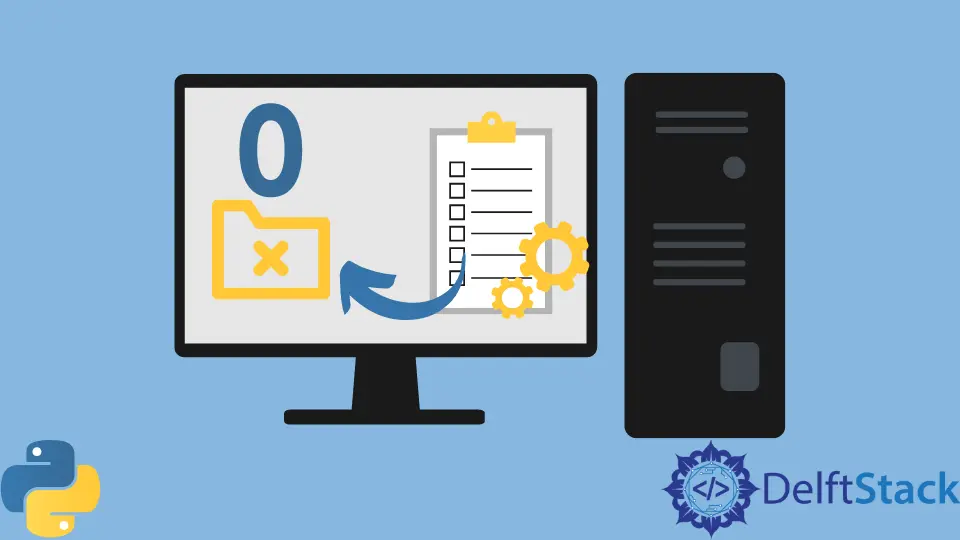在 Python 中初始化一個空列表

本教程演示瞭如何在 Python 中初始化空列表的方法。這將涉及定義大小為 n 的列表或定義大小均預設為空的可變大小列表。
當你在 Python 中宣告列表時,列表始終以大小 0 開始,因為沒有明確的方法宣告 Python 列表的大小,因為 Python 列表本質上是可變的。本教程將提供一種初始化固定大小列表的方法,其中所有值均預設為 None 或為空。
在 Python 中將 n 大小的 None 值初始化為列表
解決此問題的最佳方法是初始化一個 n 大小的列表,並將所有值都設定為 None,這表明 Python 中的值是空的。
為此,請使用值 None 初始化一個單例列表,並將其乘以 n,這是列表的首選大小。
n = 15 # Size of the List
lst = [None] * n
print(lst)
輸出:
[None, None, None, None, None, None, None, None, None, None, None, None, None, None, None]
輸出是由 n 定義的大小為 15 的列表,所有值均設定為 None,相當於一個空值。
此解決方案是在 Python 中用空值初始化列表的最簡單,最實用的方法。但是,這是解決 Python 列表大小可變的預定義性質的解決方法。
Skilled in Python, Java, Spring Boot, AngularJS, and Agile Methodologies. Strong engineering professional with a passion for development and always seeking opportunities for personal and career growth. A Technical Writer writing about comprehensive how-to articles, environment set-ups, and technical walkthroughs. Specializes in writing Python, Java, Spring, and SQL articles.
LinkedIn